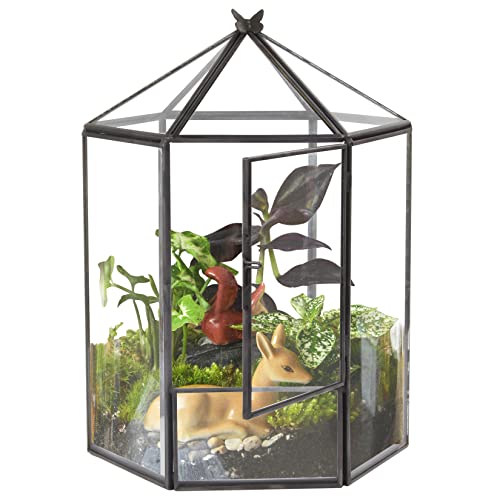I think there are more examples of 'expertise' amongst our forum-goers, particularly among the young adults than Christian gives credit for :wink:
I know you wouldnt have meant that as an insult, but absolutely every species of mantis was kept for a 'first time' by someone during their , again, 'first time'. In other words, the 'noobs can often out-do the olds'. I know its a poor example (possibly), but I was told countless times 9 years ago that Hymenopus coronatus was extremely difficult to keep and/or breed. I can happily say that I found it far easier in all aspects than many other species that are more 'common' and that are bred widely by people who have had failed attempts with Hymenopus.
Why? Luck of the draw, without more people getting the particular species and giving it a shot, you'll never know how to do it.
The experts always seem to go to TOO MUCH effort and end up killing them anyway, there is some health in neglect. The point of my rant? Well, I dont often have a point, lol, but this time it's just to say it may not be a beginners best 'first mantis', but the knowledge of some of the users here is certainly plenty enough to raise a mantis regardless of species. If you dont try, you dont know

If these animals are in such danger from our activities already, then it is down to everyday enthusiasts to ensure that they don't leave us for good.
Think i'm done now

I still think it's ugly though...In a wonderful, animal kind of way :wink: )













































